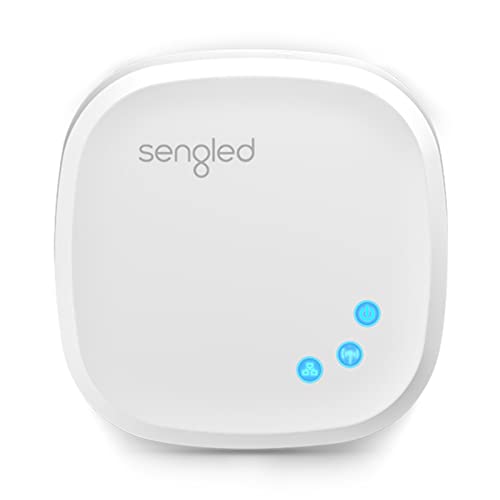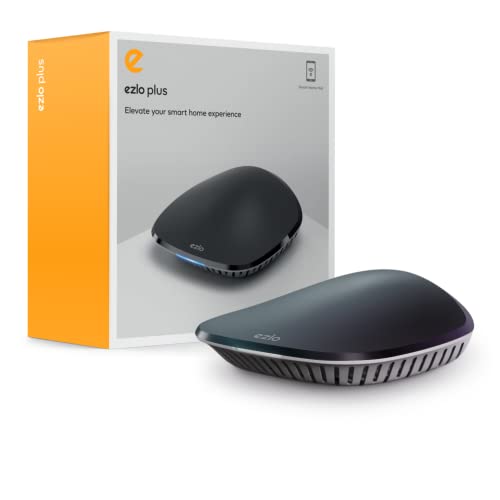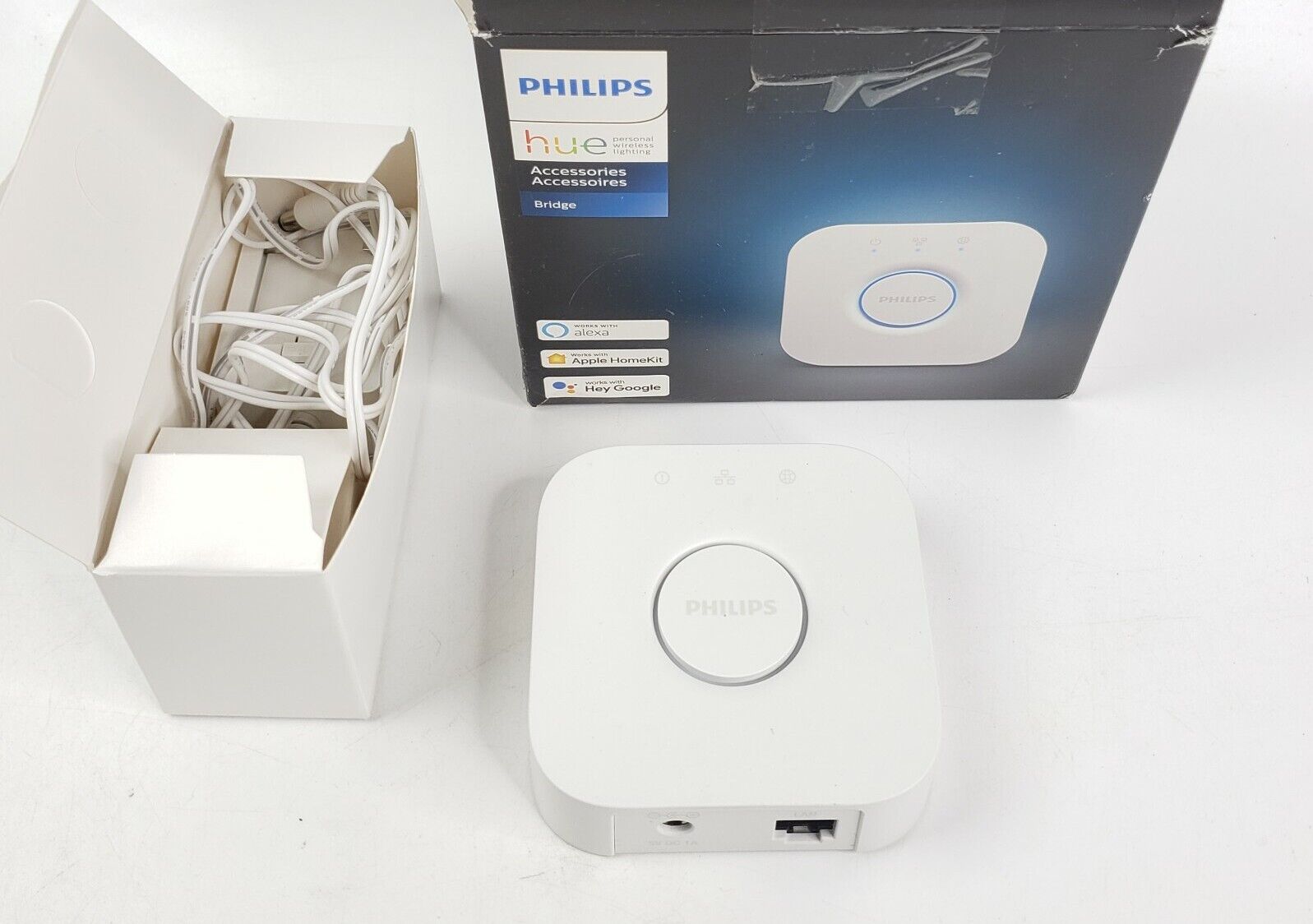Introduction
The Rise of Voice Assistants in Smart Homes
In recent years, voice assistants have become increasingly popular in smart home setups. These AI-powered virtual assistants have revolutionized the way we interact with our homes, offering hands-free convenience and personalized experiences. With the ability to control various smart home devices using simple voice commands, voice assistants have become an integral part of modern smart home ecosystems.
Benefits of Voice Assistant Integration
Integrating voice assistants into your smart home offers numerous benefits. Firstly, it provides a seamless and intuitive way to control your smart home devices, eliminating the need for multiple apps or physical remotes. Secondly, voice assistants can help you save time and multitask by allowing you to control your smart home while doing other activities. Additionally, voice assistants can offer personalized experiences, learning your preferences and providing tailored recommendations.
Understanding Voice Assistants
What are Voice Assistants?
Voice assistants are AI-powered software programs that can interpret human speech and respond to voice commands. They use natural language processing (NLP) and machine learning algorithms to understand and execute user requests. Voice assistants can be integrated into various devices, such as smart speakers, smartphones, and smart home hubs, enabling users to control their smart home ecosystem using voice commands.
Popular Voice Assistant Platforms
There are several popular voice assistant platforms available in the market, each with its own unique features and capabilities. Some of the most widely used voice assistant platforms include:
Amazon Alexa
Amazon Alexa is one of the most popular voice assistant platforms, known for its wide range of compatible devices and extensive skill library. Alexa can be integrated into various smart home devices, including Amazon Echo speakers, smart thermostats, and lighting systems.
Google Assistant
Google Assistant is another prominent voice assistant platform, deeply integrated with Google's ecosystem of services. It offers seamless compatibility with Android devices and Google Home smart speakers, providing a comprehensive smart home control experience.
Apple Siri
Apple Siri is the voice assistant platform designed for Apple devices, including iPhones, iPads, and HomePod speakers. Siri offers tight integration with Apple's HomeKit framework, allowing users to control their smart home devices using voice commands.
How Do Voice Assistants Work?
Voice assistants work by constantly listening for a wake word or phrase, such as "Alexa," "Hey Google," or "Hey Siri." Once the wake word is detected, the voice assistant starts recording the user's voice command. The recorded audio is then sent to the cloud, where it undergoes processing and analysis using NLP algorithms. The voice assistant interprets the user's intent and generates an appropriate response or action, which is then executed on the connected smart home devices.
Setting Up Voice Assistants in Your Smart Home
Choosing the Right Voice Assistant for Your Needs
When setting up voice assistants in your smart home, it's essential to choose the right platform that aligns with your needs and preferences. Consider factors such as compatibility with your existing smart home devices, the range of supported features, and the ecosystem of services offered by each platform. Additionally, evaluate the privacy and security measures implemented by each voice assistant platform to ensure the protection of your personal data.
Compatibility Checklist: Ensuring Seamless Integration
Before integrating voice assistants into your smart home, it's crucial to ensure compatibility between your chosen voice assistant platform and your smart home devices. Check the manufacturer's specifications and look for the "Works with" badges to confirm compatibility. Make a list of all your smart home devices and verify their compatibility with your preferred voice assistant platform to avoid any potential issues.
Step-by-Step Guide to Setting Up Voice Assistants
Setting up voice assistants in your smart home is a straightforward process. Here's a step-by-step guide to help you get started:
- Choose your preferred voice assistant platform and purchase the necessary hardware, such as a smart speaker or hub.
- Download the companion app for your voice assistant platform on your smartphone or tablet.
- Connect your voice assistant device to your home Wi-Fi network following the app's instructions.
- Set up your voice assistant account and configure your preferences, such as language and voice settings.
- Discover and add your compatible smart home devices to the voice assistant app, following the on-screen prompts.
- Customize your voice commands and create routines to automate your smart home tasks.
Smart Home Hub with Alexa & Google Compatibility
The Ultimate Control Center for Your Smart Home
Product information
$49.99 $44.99
Product Review Score
4.68 out of 5 stars
27 reviewsProduct links
Mastering Voice Commands
Essential Commands to Control Your Smart Home
Once you have set up your voice assistant and connected your smart home devices, it's time to start using voice commands to control your home. Here are some essential commands to get you started:
- "Turn on/off the lights in the living room."
- "Set the thermostat to 72 degrees."
- "Play music in the kitchen."
- "Lock the front door."
- "Show me the front door camera."
Creating Custom Voice Commands for Personalized Experience
Most voice assistant platforms allow you to create custom voice commands tailored to your specific needs. You can create shortcuts for frequently used commands or combine multiple actions into a single command. For example, you can create a custom command like "Alexa, it's movie time" to dim the lights, turn on the TV, and set the thermostat to a comfortable temperature.
Voice-Activated Routines: Automate Your Day with Ease
Voice-activated routines take your smart home automation to the next level. Routines allow you to execute a series of actions with a single voice command. For example, you can create a "Good morning" routine that turns on the lights, starts the coffee maker, and reads out your daily schedule when you say, "Hey Google, good morning." Routines can be customized based on your daily habits and preferences, making your smart home experience more convenient and efficient.
Exploring the Possibilities of Voice Assistant Integration
Voice Control Beyond Basic Commands
Voice assistants offer capabilities beyond basic smart home control. You can use voice commands to access information, set reminders, make phone calls, and even control your media playback. Explore the full range of features offered by your voice assistant platform to maximize its potential in your smart home.
Enhancing Home Entertainment with Voice Assistants
Voice assistants can greatly enhance your home entertainment experience. You can use voice commands to control your smart TV, streaming devices, and sound systems. Play your favorite movies, TV shows, or music with a simple voice command, and adjust the volume or pause playback hands-free.
Voice Assistants as Personal Concierges
Voice assistants can act as your personal concierges, providing valuable information and assistance whenever you need it. You can ask your voice assistant for weather updates, traffic information, news headlines, or even recipes. Voice assistants can also help you manage your schedule, set reminders, and make reservations at your favorite restaurants.
Overcoming Common Challenges
Troubleshooting Compatibility Issues
Despite efforts to ensure seamless integration, compatibility issues can sometimes arise between voice assistants and smart home devices. If you encounter compatibility problems, try the following troubleshooting steps:
- Check the manufacturer's website or support resources for any known compatibility issues and solutions.
- Ensure that your smart home devices are updated to the latest firmware version.
- Unlink and relink the problematic device to your voice assistant platform.
- Reach out to the device manufacturer's customer support for further assistance.
Improving Voice Recognition Accuracy
Voice recognition accuracy is crucial for a seamless voice assistant experience. If your voice assistant struggles to understand your commands, try these tips to improve accuracy:
- Speak clearly and at a moderate pace.
- Reduce background noise when issuing voice commands.
- Train your voice assistant to recognize your voice by completing the voice training exercises provided by the platform.
- Use simple and concise commands, avoiding complex or ambiguous phrases.
Dealing with Internet Connectivity Problems
Voice assistants rely on a stable internet connection to function properly. If you experience internet connectivity issues, consider the following:
- Check your internet router and ensure it is functioning correctly.
- Restart your voice assistant device and router to resolve any temporary connectivity problems.
- Ensure your voice assistant device is within range of your Wi-Fi network.
- Consider upgrading your internet plan or router if connectivity issues persist.
Echo Studio Smart Speaker with Alexa and Dolby Atmos
Immerse Yourself in Stunning Sound with Echo Studio Smart Speaker
Product information
$177.98
$152.25
Product Review Score
4.59 out of 5 stars
107 reviews
Product links
Echo Studio Smart Speaker with Alexa and Dolby Atmos
Immerse Yourself in Stunning Sound with Echo Studio Smart Speaker
Product information
$177.98 $152.25
Product Review Score
4.59 out of 5 stars
107 reviewsProduct links
Ensuring Privacy and Security in Voice-Controlled Smart Homes
Understanding Privacy Risks Associated with Voice Assistants
While voice assistants offer convenience and automation, they also raise privacy concerns. Voice assistants constantly listen for their wake word, which means they may accidentally record private conversations. Additionally, the data collected by voice assistants, such as voice recordings and usage patterns, may be used for targeted advertising or shared with third parties.
Best Practices to Secure Your Voice-Enabled Smart Home
To mitigate privacy risks and secure your voice-enabled smart home, follow these best practices:
- Review and adjust your voice assistant's privacy settings to limit data collection and sharing.
- Regularly delete your voice recordings and interaction history.
- Use strong and unique passwords for your voice assistant account and connected smart home devices.
- Keep your voice assistant device and smart home devices updated with the latest security patches and firmware.
5. Be cautious when granting third-party skills or actions access to your voice assistant.
Protecting Your Personal Data: What You Need to Know
To further protect your personal data when using voice assistants, it's important to understand how your data is collected, stored, and used. Review the privacy policies of your voice assistant platform and connected smart home devices to know what data is being collected and how it is being used. Opt-out of data sharing and targeted advertising whenever possible, and be mindful of the information you share with your voice assistant.
The Future of Voice Assistants in Smart Homes
Emerging Trends and Innovations
The future of voice assistants in smart homes is promising, with emerging trends and innovations on the horizon. Some of the key trends to watch out for include:
- Improved natural language processing for better understanding of context and intent.
- Integration with other cutting-edge technologies, such as artificial intelligence and machine learning.
- Expansion of voice assistant capabilities beyond smart home control, such as providing personalized health advice or acting as virtual therapists.
- Development of more advanced privacy and security measures to address user concerns.
AI-Powered Voice Assistants: Smarter and More Intuitive
As artificial intelligence advances, voice assistants are becoming smarter and more intuitive. AI-powered voice assistants can learn from user behavior and preferences, providing more personalized and context-aware responses. They can also engage in more natural and conversational interactions, making the user experience more seamless and enjoyable.
Integration with Other Cutting-Edge Technologies
Voice assistants are poised to integrate with other cutting-edge technologies, such as augmented reality (AR) and the Internet of Things (IoT). For example, voice assistants could be used to control AR experiences, providing hands-free navigation and interaction. Integration with IoT devices could enable voice assistants to gather data from various sensors and provide proactive recommendations based on user behavior and environmental factors.
Real-Life Success Stories
How Voice Assistants Transformed My Smart Home Experience
To illustrate the transformative power of voice assistants in smart homes, let's take a look at a real-life success story. John, a busy professional and smart home enthusiast, shares how voice assistants have transformed his daily life:
"Integrating voice assistants into my smart home has been a game-changer. I can now control my lights, thermostat, and entertainment system with simple voice commands, saving me time and effort. I've also created custom routines that automate my morning and bedtime rituals, making my life more convenient and efficient. Voice assistants have truly simplified my smart home experience."
Case Studies: Innovative Uses of Voice Assistants in Smart Homes
Voice assistants are being used in innovative ways to enhance smart home experiences. Here are a few inspiring case studies:
- A visually impaired user leverages voice assistants to control their smart home devices, providing them with greater independence and accessibility.
- A family uses voice assistants to create interactive and educational experiences for their children, such as setting up voice-activated trivia games and homework reminders.
- A senior living community integrates voice assistants into their residents' apartments, enabling them to easily control their environment and access assistance when needed.
Getting Started with Voice Assistant Integration
Checklist: Essential Devices for a Voice-Controlled Smart Home
If you're ready to start your voice-controlled smart home journey, here's a checklist of essential devices to consider:
- Smart speaker or hub with voice assistant integration (e.g., Amazon Echo, Google Nest Hub)
- Smart lights and switches
- Smart thermostat
- Smart door locks
- Smart security cameras
- Smart plugs for controlling non-smart devices
Budgeting for Your Voice-Enabled Smart Home Setup
When planning your voice-enabled smart home setup, it's important to consider your budget. Start with the essential devices and gradually expand your setup over time. Look for deals and discounts on smart home devices during sales events or holiday seasons. Consider the long-term costs of subscription-based services, such as cloud storage for security cameras or music streaming services.
Recommended Resources and Tutorials
To help you get started with voice assistant integration, here are some recommended resources and tutorials:
- Official documentation and user guides provided by voice assistant platforms (e.g., Amazon Alexa Skills Kit, Google Assistant Developer Documentation)
- Smart home device manufacturer's websites and support resources
- Online forums and communities dedicated to smart home automation and voice assistants (e.g., Reddit's /r/homeautomation, SmartThings Community)
- YouTube tutorials and video guides on setting up and using voice assistants in smart homes
Conclusion
Embrace the Voice-Controlled Future
Voice assistants have revolutionized the way we interact with our homes, offering convenience, personalization, and hands-free control. As technology advances, voice assistants are becoming more sophisticated, intuitive, and integrated with other cutting-edge technologies. Embracing the voice-controlled future can transform your smart home experience, making it more efficient, enjoyable, and accessible.
Unlocking the Full Potential of Your Smart Home with Voice Assistants
By seamlessly integrating voice assistants into your smart home, you can unlock its full potential. From controlling your lights and thermostat to accessing information and entertainment, voice assistants provide a centralized and intuitive way to manage your smart home ecosystem. As you explore the possibilities and customize your setup to your needs and preferences, you'll discover the true power and convenience of a voice-enabled smart home.
So, take the first step towards a smarter, more connected home by integrating voice assistants into your setup. With the right devices, setup, and customization, you'll experience the transformative benefits of voice control and automation. Embrace the future of smart home technology and enjoy the convenience, comfort, and efficiency that voice assistants bring to your daily life.






